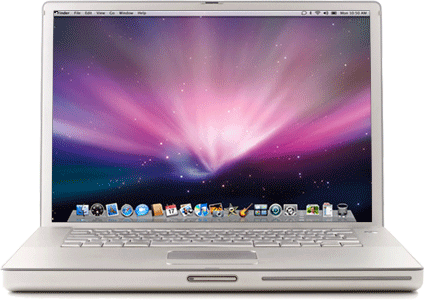

Apple continued to sell this type of iMacs until March 2003, mainly to customers who wanted the ability to run the older Mac OS 9 operating system. This second-generation iMac featured a slot-loading optical drive, FireWire, "fanless" operation (through free convection cooling), a slightly updated shape, and the option of AirPort wireless networking.
MEMORY FOR MACBOOK G4 UPDATE
Throughout its lifespan, the iMac was released in a total of thirteen colors.Ī later hardware update created a sleeker design. Aside from increasing specifications (processor speed, video RAM and hard-disk capacity), Apple replaced Bondi Blue with new colors.

The iMac was continually updated after its initial release. It sold for US$1,299, and shipped with Mac OS 8.1, which was soon upgraded to Mac OS 8.5. The original iMac used a PowerPC G3 (PowerPC 750) processor, which also ran in Apple's high-end Power Macintosh line at the time, though at higher speeds. One change from CHRP for example was to boot classic Mac OS using a 4 MB Mac OS ROM file stored on disk. Although the promise of CHRP has never been fully realized, the work that Apple had done on CHRP significantly helped in the designing of the iMac. Internally, the iMac was a combination of the MacNC project and Common Hardware Reference Platform (CHRP). The company announced the iMac on and began shipping the iMac G3 on August 15, 1998. Having discontinued the consumer-targeted Performa series, Apple needed a replacement for the Performa's price point. Toward the end of the year, Apple trimmed its line of desktop Macs down from ten distinct models to four models of the Power Macintosh G3, which included the iMac's immediate predecessor, an educational market exclusive called the Power Macintosh G3 All-In-One. Steve Jobs reduced the company's large product lines immediately upon becoming Apple's interim CEO in 1997.


 0 kommentar(er)
0 kommentar(er)
